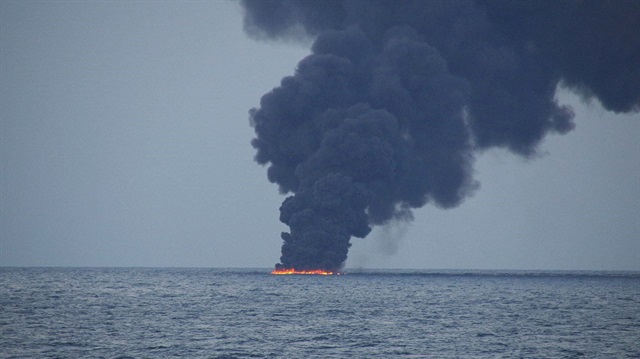
'Time is of the essence'
Experts worry the ship's sinking is potentially more damaging to the marine ecosystem than letting the condensate oil burn off. The sinking will likely expel the remaining condensate and the tanker's bunker fuel, or the heavy fuel oil that powers a ship's engines, contaminating the surrounding waters.
Bunker fuel is the dirtiest kind of oil, extremely toxic when spilled, though less explosive. Condensate is poisonous to marine organisms.
"As with all major oil spills, time is of the essence. This is particularly so with condensate spills, as the substance is so toxic and volatile," said Steiner, the U.S. marine scientist.
Fuel oil is relatively easy to contain because volumes are lower and its viscosity means it is easier to extract from water, but even small volumes can harm marine life.
A Suezmax tanker can hold a maximum of 5,000 tonnes of bunker fuel. The Sanchi may have been carrying about 1,000 tonnes by the time it hit the grain freighter CF Crystal, according to bunker fuel traders' estimates.
"As the fuel oil cools, it will become more viscous which will help to slow or even prevent leaks," Greenpeace said. "In this scenario, it is possible that we will see chronic low volume leakage over a period of time at the seabed. Impact would remain relatively local."














